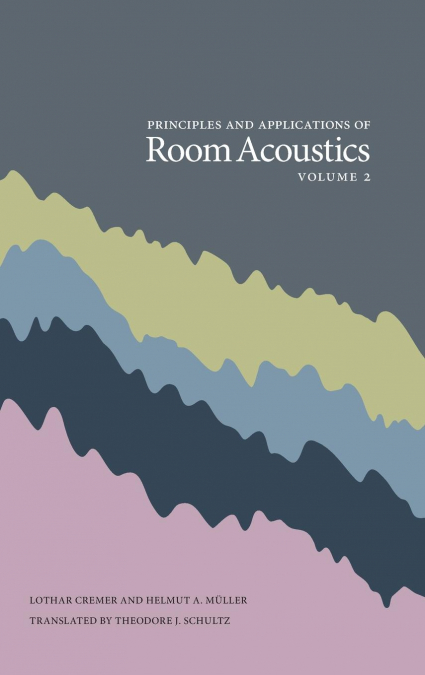
Helmut A Muller / Lothar Cremer / Theodore J Schultz
Principles and Applications of Room Acoustics, a two-volume set, is the seminal classic for the analysis of sound in closed spaces - rooms, churches, auditoriums, concert halls. The book was written in German by the world-recognized acoustician Lothar Cremer in collaboration with the eminent physicist Helmut A. Müller and brilliantly translated in 1982 to English by Theodore J. Schultz. The book addresses the analyses of sound in a room from three modeling standpoints: geometrical acoustics, statistical acoustics, and wave acoustics. Providing three points of view casts invaluable insights on the same phenomenon. For example, analysis from the wave-theoretical point of view casts new and valuable light on the same phenomenon seen from the statistical and geometrical viewpoints. Painstakingly careful cross-referencing guides the reader back and forth among the alternative analyses and reinforces understanding. The two volumes total 1100 pages containing 13 tables and 325 illustrations. Volume 1 I. Geometrical Room Acoustics II. Statistical Room Acoustics III. Psychological Room Acoustics Volume 2 IV. Wave-Theoretical Room Acoustics Volume 1 is of primary interest to everyone involved in building construction, architects as well as civil engineers, and all others who are interested in room acoustics, whether as performers or listeners. Volume 2, dealing only with wave-theoretical room acoustics and having greater mathematical content, is addressed more to acousticians. 3